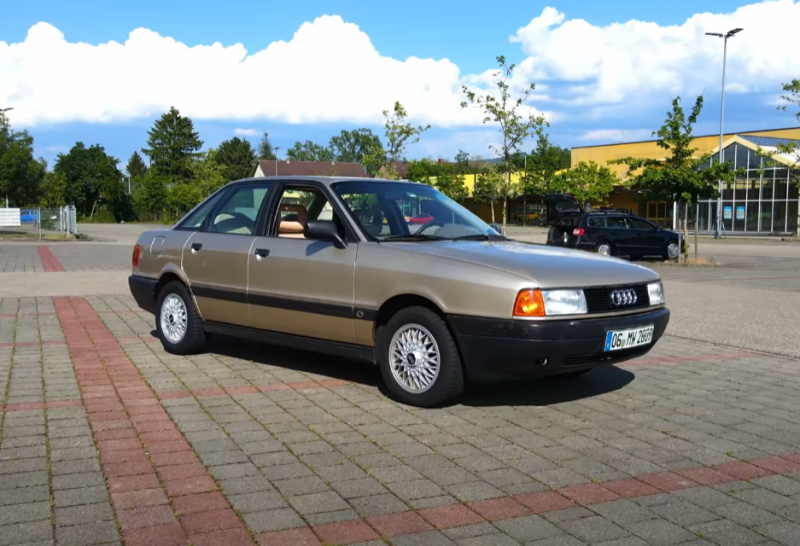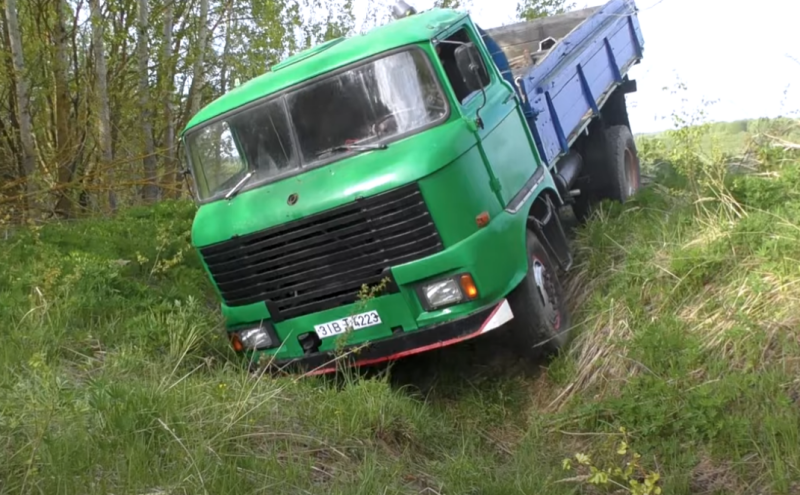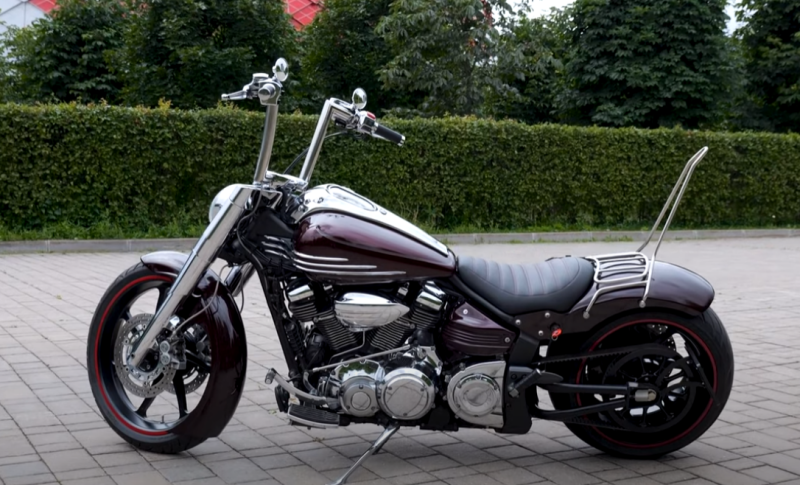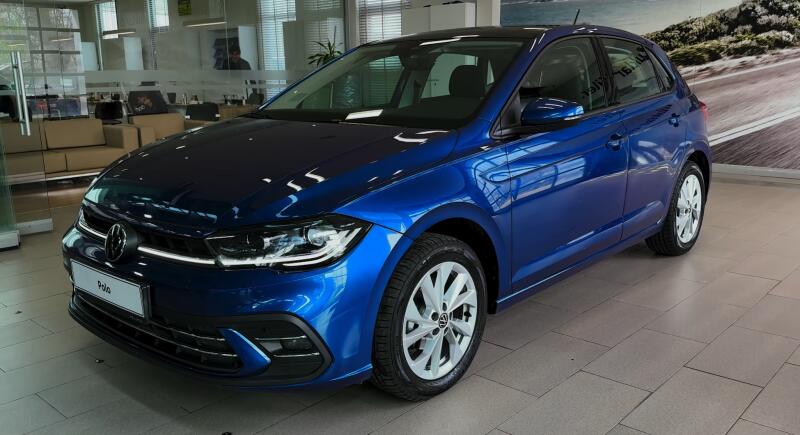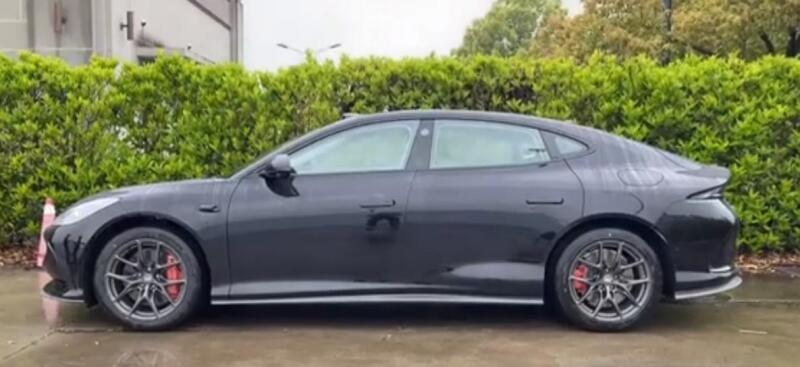Design
Brakes are disc or drum. In the first case, the part is a plate made of metal, on which a friction lining is fixed with a special adhesive. Just she is pressed against the disk. In the drum system, the block is a sickle-shaped spare part. Here, the friction lining is attached to the metal base with rivets or special heat and moisture resistant glue. The first option is used less and less. When braking, the part located inside the drum is pressed against its walls. In addition to the overlay and base, the design of the block may include:
- ✅ springs that fix the spare part in the required position (sometimes supplied separately from it)
- ✅ anti-creak plates that reduce noise during operation and remove heat from the caliper (so that the brake fluid in the working cylinders does not boil)
- ✅ electronic sensors that send a signal to the instrument panel when the friction linings are critically worn
In the latter case, a cheap alternative can be installed on the pads - the so-called. creakers. These are staples riveted parallel to the lining. When it is erased by 80-90%, mechanical indicators come into contact with the disk, which is accompanied by a creak. Hearing it, the driver understands: it's time to change the pads. Simple, cheap and cheerful!
How to choose products according to the material of lining
They contain many components: metals, resins, ceramic additives, fibers and much more. Each manufacturer uses its own mixture and its own technology, which is a trade secret. But a general classification for pads still exists. What are they like?
Semi-metallic
Half of them are made of steel. Confidently resist high temperatures, moisture, but do not function well at low temperatures and have a very intense effect on the disc. Semi-metallic pads represent a balance between performance and quality in normal use. If after a trip you notice a gray coating on the wheels, do not panic: for such linings, this is a normal phenomenon associated with the formation of iron oxide.
Low metal
Here steel is no more than 20-30%. The rest of the ingredients are organic. Sometimes on products of this type they write Non-asbestos Organic (abbreviated as NAO). This means "the product contains organics, but no asbestos." In terms of operational properties, they are somewhat worse than semi-metallic pads, since the friction coefficient drops slightly when heated to 250-400 ° C. However, such a disadvantage is not critical for, for example, commercial passenger cars.
Ceramic
The most modern and expensive version of the pads. Highly efficient under heavy loads. Initially, they were installed only on sports cars. But later they began to use it on ordinary cars. Ceramic pads are durable and almost do not make recesses on the discs, during operation they do not form a gray coating on the wheels. When moistened, the effectiveness is slightly reduced when compared with semi-metallic pads.
Organic
They are characterized by the inclusion of fibers, resins, and other components in the composition. The metal content is negligible. Such pads do little to contribute to the wear of the brake disc, but they are mercilessly dusty.
Which components of pads have been declared harmful
Asbestos comes first. For linings, it is an ideal material with excellent coefficient of friction and high temperature stability. However, in the European Union, asbestos was considered harmful and from the mid-90s they stopped using it in the production of pads. Instead, organics, synthetics, metal sulfides are used.
But not only asbestos, copper is also "guilty"! Automakers require pad suppliers to provide products that do not contain this metal. The first cars with such friction linings were the Mercedes S-Class (2014) and the Audi A4 (2015). The production of pads without copper was led by Federal-Mogul. Using its own technologies, the company managed to develop products that do not differ in cost from standard linings, but have better braking properties and less wear. The last parameter has decreased by 60%! Everything goes to the fact that soon the brake disc and pads will be replaced at the same time.
Reliable suppliers
There are three leaders among them: Federal-Mogul (the largest), Galfer, TMD Friction. But the factory is not interested in individual pads: it needs turnkey brakes that are compatible with electronics. Such requests are met through major manufacturers such as TRW, CBI, ATE, Brembo. The question arises, which brands to look at for an ordinary buyer in stores? In addition to the above, these are Bosch, Mintex, Nisshinbo, Wagner, Ferodo, Textar, LPR. It is worth examining this in more detail with specific examples.
ATE
Produced in Germany for over a century. The composition of the friction mixture is constantly being improved (a lot of non-ferrous metals). Pros:
- ✅ corrosion resistance
- ✅ long service life
- ✅ do not dust or creak
- ✅ counterfeit protection
There are only two minuses: products are rarely found on sale and are expensive.
nisshinbo
The Japanese leader in the production of brake pads, also with a century of history. The products are characterized by a characteristic design with a diagonal groove, which guarantees a tight contact with the disc, which minimizes noise, vibration. Advantages:
- ✅ do not creak or whistle
- ✅ resistant to high temperatures
- ✅ wide range of models
Of the negative sides - a large number of fakes and high cost.
Carpenter
A German manufacturer that covers the lining with a special compound that protects the product from dirt and corrosion. The technology only allowed to increase the braking efficiency when heated. There is no asbestos in the composition of the lining, the product complies with EU standards. Minus - high price.
ferodo
The most environmentally friendly pads. The overlay contains 25 components, among which there are almost no metals. the base is made of cast iron. Supplied for automakers Audi, Mercedes Benz.
Pads from Russian manufacturers
The number of factories producing products for the domestic auto industry is not so large. However, the share of products is gradually increasing. Among the most famous it is worth mentioning "Markon". The company offers pads for Russian VAZ cars. The range - more than 500 models. Operational resource - up to 50 thousand kilometers. Another manufacturer is KÖTL. Collaborates with VAZ, Nissan, Toyota. The Pollad company (Tolyatti) produces products for VAZ, UAZ, cars on the VW platform. The approximate cost of Russian pads is in the range of 400-1500 rubles.
Original or contract pads?
The first option can be found at a dealer or in a specialized auto center. This item is very expensive. What if you want to save money? Contract pads are produced on the same conveyors as the original ones. But there are differences. For example, a different composition of the friction mixture, the density of fixing the lining to the carrier plate. As a result, the service life is reduced compared to the original. Nevertheless, contract products are sold out. The main thing here is the presence of the R90 stamp, indicating compliance with EU requirements. You can buy these pads with confidence!







